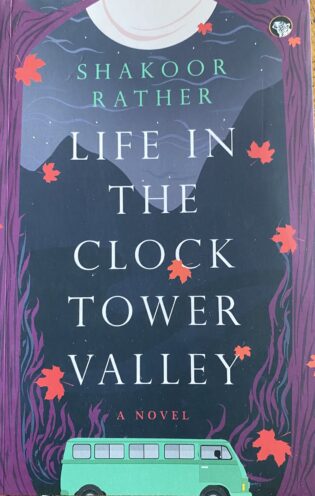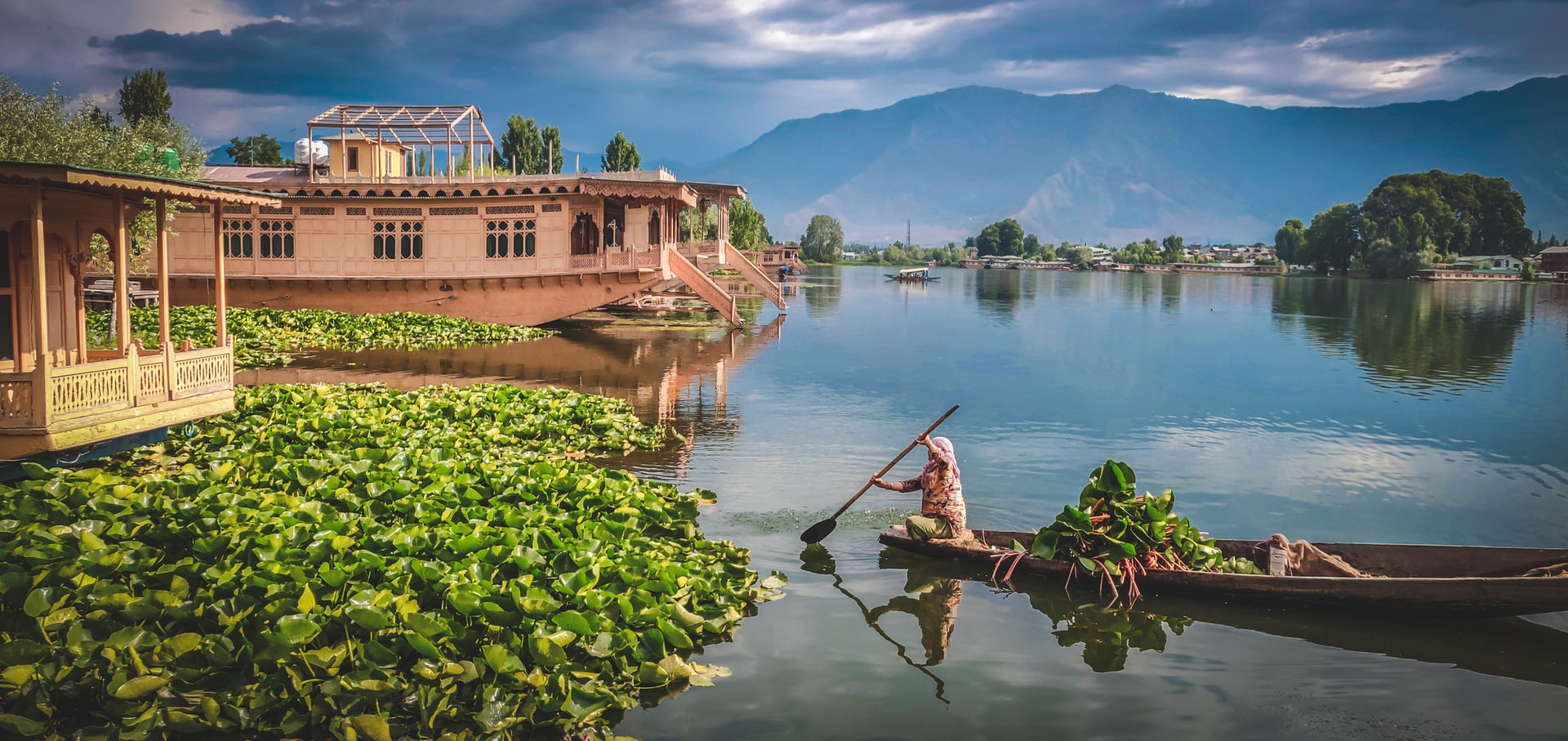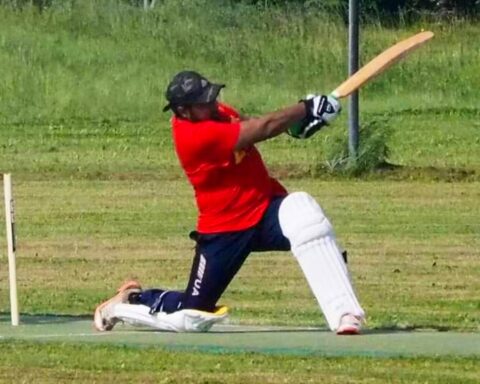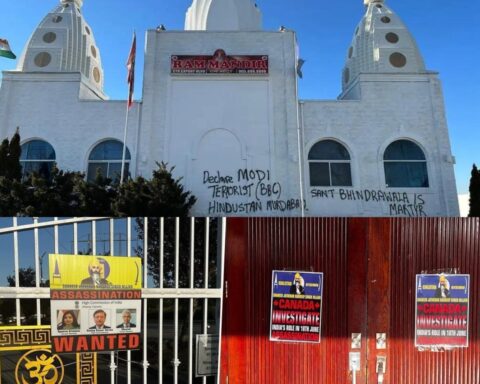
Nestled amidst the valleys, forests and plateaus, overlooked by the mighty Himalayas, the embattled region of Kashmir is in essence a place of serenity. Life in the Clock Tower Valley, a debut novel by Shakoor Rather, portrays life in the Kashmir Valley with corresponding simplicity and affection, and it’s the very reason that has driven me to read and review this short novel.
Kashmir, which is the northernmost mountainous region of the Indian subcontinent, has been a source of conflict between India and Pakistan since the end of the British colonial rule and the partition of India in 1947. Today, both New Delhi and Islamabad claim Kashmir in full, but control only parts of it: territories recognized internationally as “Indian-administered Kashmir” and “Pakistan-administered Kashmir.”
Set in the summer of 2008, Life in the Clock Tower Valley shows the unrest, curfews and mobility restrictions faced by the inhabitants of Kashmir as elements of daily existence, forces that shape their lives in essential ways. As the book’s publisher describes it, Life in the Clock Tower Valley is about Kashmir’s pristine past, its grievous present, and an uncertain future.
Shakoor Rather, an Indian-born journalist currently residing in New Delhi, takes the reader to the land of chinars (the Kashmiri equivalent of the Canadian maple) and matadors (public buses in Kashmir).
The novel stirs up a plethora of emotions, and the way the intricate details are weaved into the storyline creates a colorful reflection of lives in the valley. The sweeping depiction of the land and the way the story evolves will appeal to any reader interested in Kashmiri culture and looking for a leisure read.
Love amidst uncertainty
Samar and Rabiya, the novel’s protagonists, can be seen as modern-day Romeo and Juliet owing to their families’ mutually opposing political allegiances, the author suggests.
Much like the erstwhile Montague-Capulet dichotomy, the couple finds itself in the middle of a social conflict, but readers have to find out for themselves if the protagonists end up sharing the fate of their literary predecessors. The way their love story unfolds throughout the novel illustrates an impeccable romance during uncertain times in the valley.
Every character has a tale to tell
Different characters pop up throughout the novel, keeping you hooked until the end through their personas. From a typical neighbourhood simpleton, the 23-year-old Pintoji, who is an adopted child, to the New Yorker tourist Rosaline, the characters display a diversity of backgrounds and experiences. The way they are painted is a testimony to the mature pen of Shakoor Rather.
At the same time, the luminescence and affectionate portrayal of Kashmir will make you want to rush to the land immediately and experience the nitty-gritty sketched in the novel for yourself.
“Every place of this land is beautiful; every mountain is a darling. Sky is the abode of this land; its blue is immersed in the waters of Dal!”, reads an excerpt from chapter 11 of Life in the Clock Tower Valley.
Celebrating the beauty of Kashmir
The way the author goes on to describe Kashmir is an instant reminder of the magic of that land. Dal Lake is one of the most significant tourist attractions in Kashmir (although it also has some commercial usage), while the shikara (a traditional boat-ride) on the lake is an epitome of the valley.
Some scenes in the novel, like the lazy afternoons in a typical Kashmiri household, fetching freshly baked bread, relishing a hot saffron-flavoured kehwa (Kashmiri tea) turn normal life into something more stirring and invigorating.
The vivid descriptions of the seasons (falls, winters and summers) in Life in the Clock Tower Valley reflect Kashmir’s spirit and portray it as an abode of beauty, tranquil despite the tumultuous events the valley gets engulfed in at times.
Life in the Clock Tower Valley: the ultimate story of life
The book definitely satisfies the reader’s curiosity about everyday life in Kashmir during these uncertain times. It offers quick glances at small life-capturing moments. It subtly reflects on the relation between Kashmir’s changing seasons and political landscape, and how politics affects day-to-day life. The author utilizes symbolism, wit and humour.
Life in the Clock Tower Valley is a reminder to self about the beguiling intricacies of life — even if they are mundane or repetitive, they often become our most cherished memories. Just like the seasons, even when they repeat themselves every year in our life, new memories are formed, and we are never tired of them.
Of course, not all characters receive such nuanced portrayal, not all places receive such descriptive decadence, not all stories can enliven mundane routine, but this novel is sure to find a spot in your heart.
Seemanti's career as a Public Relations professional enhanced her writing skills and jumpstarted her writing trajectory on various subjects. Over the last seven years, she worked with agency giants such as Weber Shandwick, MSL, AvianWe in many sectors such as automobile, consumer durable, manufacturing, healthcare, pharmaceutical, corporate social responsibility. Seemanti holds a Post Graduate Diploma in Mass Communication from New Delhi, India, and a Bachelor's Degree from Bangalore University, India in Communicative English, Journalism and Psychology.





